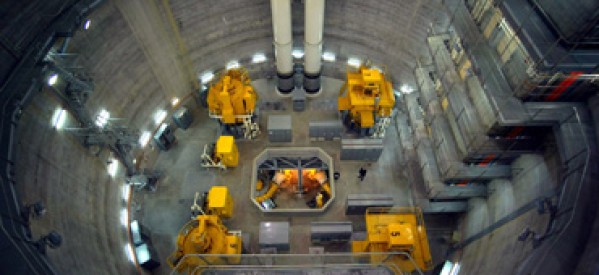New Technology to Prevent Sewage Outflow for Chennai Metro Water

Chennai Metro Water is now adopting a new technology to prevent sewage outflow onto the street. Metro Water officials said that Municipal Administration and Water Supply Minister K. P. Munusamy had asked them to implement a `3.60-crore project so that sewage outflow is minimised in the city.
Accordingly, Metro Water would install ultrasonic level detectors in sewage collection wells to automatically pump sewage. The technology would be implemented in 218 pumping stations across the city and would bring in efficiency and better monitoring of sewage pumping stations. A pumping station is an integral part of a sewage network. Its primary role is to collect waste water and pump it from one location to another.
So far the pumping stations had been operated manually but now, with the technology, the whole process would be automatically controlled. A level detector will determine the height of waste water in the well and send a signal to a controlling system. The controlling system will start and stop large pumps, which empty the well and transfer the waste water on its journey towards a sewage treatment plant.
The whole procedure will be completed without human intervention, and will prevent sewage overflow on the streets. The project will be taken up at a cost of Rs 3.60 crore, an official said.
Metro Water is also going to introduce automated an inline water quality monitoring system to constantly monitor the quality of water supplied to residents.
Officials said the `1.80-crore project would be implemented with the setting up of monitoring devices at 50 spots across the city.
Currently, water samples are collected manually every day from water distribution stations to monitor quality. Officials said the devices would be attached to pipelines and would test water quality during the hourly flow of water. The sensors in the device will transmit the data to a central control room to be set up in the head office. Turbidity, residual chlorine and PH levels will be monitored.






